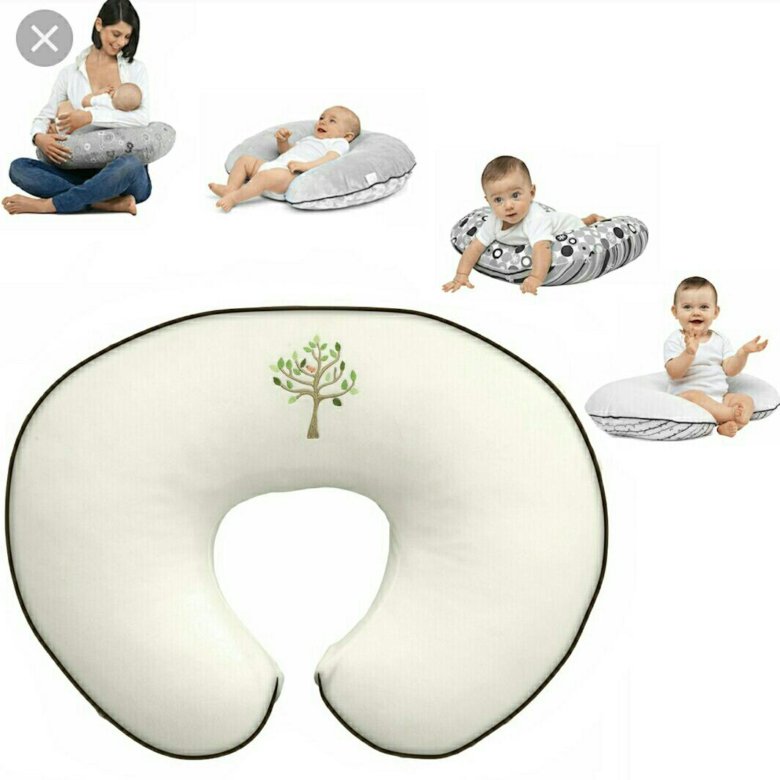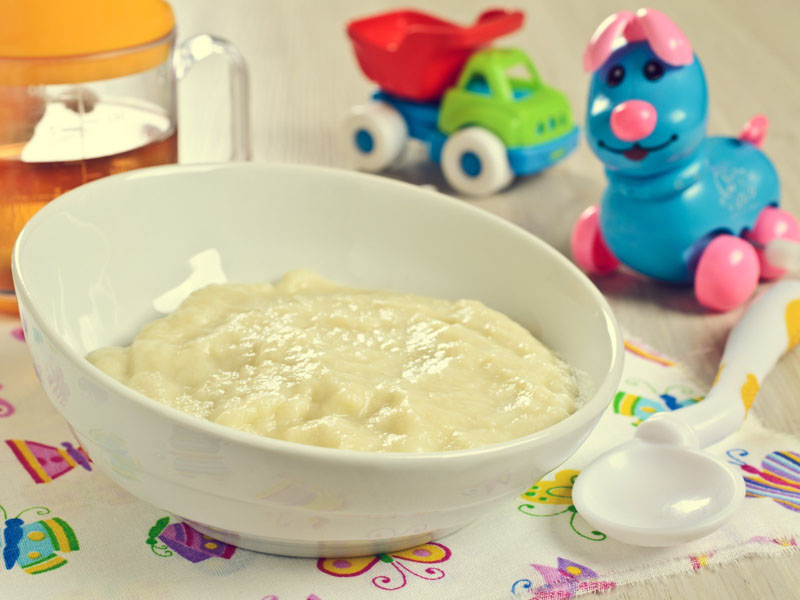High fiber food for baby constipation
The Best Foods to Help Baby Poop (And a Few That Make It Worse)
Relieving your constipated baby can be as simple as feeding her the right thing. Load up on these foods to help baby poop (and avoid ones that worsen the problem).
1 / 11
SMarina/Shutterstock
Relieves Constipation: Prunes
No surprises here; prunes are one of the best high-fiber foods for a baby who’s having tummy troubles. If your little one is just starting solid foods, try cooking and mashing some prunes to feed her. You could also chop cooked prunes into small, bite-sized pieces—or use one of our other creative techniques for introducing new baby foods.
2 / 11
margouillat photo/Shutterstock
Relieves Constipation: Sweet potatoes
Sweet potatoes are delicious just about any way you prepare them, and they are also magic for a baby who needs to poop. They’re high in insoluble fiber, which will help your baby go right away. Try making your own baby food by cooking and mashing a sweet potato or roast fries in the oven for fun finger food.
This is how you know when to start feeding babies solid foods.
3 / 11
Mia Stern/Shutterstock
Relieves Constipation: Apples
An apple a day can keep constipation away! Apples (especially with the skin on) are high in fiber and can help pull water into your baby’s colon. This keeps baby’s poop soft and easy to pass. Try offering small pieces of cooked apple or pour some apple juice into a sippy cup to help get things back on track. Apples are a great stage 1 baby food. Learn more about what types of food to start feeding baby once they’re ready to go beyond formula or breastmilk.
4 / 11
mama_mia/Shutterstock
Relieves Constipation: Broccoli
If your baby hasn’t tried broccoli yet, there’s no time like the present! Broccoli is a vitamin powerhouse and is high in fiber. Try blending up cooked broccoli in a food processor or offering small, bite-sized pieces of soft, cooked broccoli. (Consider one of our recommended baby food makers.) If your baby is eating a variety of foods, try adding small pieces of broccoli to brown rice or scrambled eggs.
Try blending up cooked broccoli in a food processor or offering small, bite-sized pieces of soft, cooked broccoli. (Consider one of our recommended baby food makers.) If your baby is eating a variety of foods, try adding small pieces of broccoli to brown rice or scrambled eggs.
When he’s a little older, your kid will love these tasty broccoli side dishes.
5 / 11
nelea33/Shutterstock
Relieves Constipation: Pears
There is nothing more delicious than a ripe, juicy pear. Treat your baby to this seasonal treat to help relieve and even prevent constipation. Pears are one of the first foods babies can try and are high in fiber. They can be cooked, but are soft enough to be offered raw. Your baby can safely gum small pieces of ripe pear without teeth.
6 / 11
Sea Wave/Shutterstock
Relieves Constipation: Peas
If your baby is just starting solid foods, peas are usually one of the first options.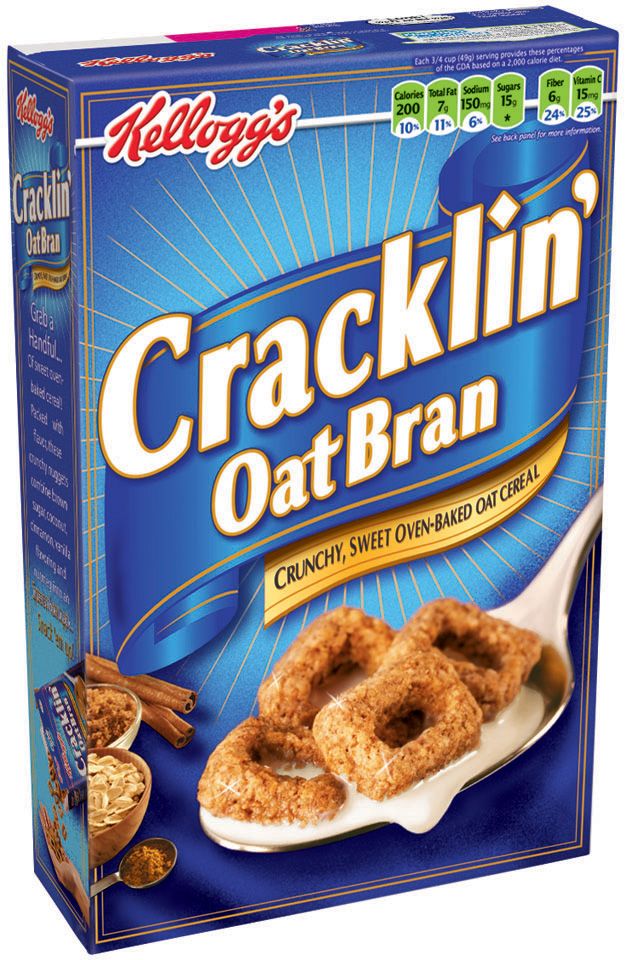 This is good news if your baby needs help in the pooping department. Peas contain both soluble and insoluble fiber to help keep your baby’s poop soft and moving along. This makes it easier and quicker to pass without painful straining.
This is good news if your baby needs help in the pooping department. Peas contain both soluble and insoluble fiber to help keep your baby’s poop soft and moving along. This makes it easier and quicker to pass without painful straining.
7 / 11
nesavinov/Shutterstock
Relieves Constipation: Spinach
We usually save the fresh spinach for our own salads, but babies should be invited to the greens party, too. Spinach is loaded with fiber and vitamins that help make your baby’s poop easier to pass. Try blending up some fresh spinach in a fruit smoothie for both of you!
8 / 11
Brent Hofacker/Shutterstock
Causes Constipation: Cheese
Dairy products like small cubes of cheese or lightly flavored yogurt are easy foods for babies learning to eat solids. While safe and convenient, cheese is a low-fiber snack and can lead to constipation. Try cutting back on the dairy products for a few days and see if your baby improves.
Try cutting back on the dairy products for a few days and see if your baby improves.
You may think these foods are dairy-free, but they’re not!
9 / 11
Paulo Vilela/Shutterstock
Causes Constipation: Bananas
Bananas are a great first finger food for babies (and a yummy way to cut calories when baking). Unfortunately, they can also slow down your baby’s digestion, and thus slow down their pooping. Take a brief break from bananas and use this opportunity to give some new fruits a try.
10 / 11
images72/Shutterstock
Causes Constipation: Cereal
Whether your child is just starting out with rice cereal or has graduated to carrying a bag of Cheerios with her wherever she goes, babies and toddlers cannot get enough of this favorite first food. Cereal can lead to more formed poop, which could slow down the number of poopy diapers each day. Try cutting back on the amount of cereal and incorporating more fresh fruits and veggies.
Try cutting back on the amount of cereal and incorporating more fresh fruits and veggies.
Use up those Cheerios in one of these genius recipes.
11 / 11
Igor Dutina/Shutterstock
Causes Constipation: Processed foods
Processed foods like cookies, crackers and white bread are common snacks for growing babies and toddlers, but too much can quickly lead to constipation. While you don’t have to cut these foods out entirely, try to limit them if your baby is having tummy troubles. Or, try swapping out white flour for whole wheat. For example, brown rice is a tasty alternative to low-fiber white rice.
Originally Published: May 20, 2019
Carrie Madormo, RN
Now a freelance health and food writer, Carrie worked as a nurse for over a decade. When she isn't hunched over her laptop with a baby in hand, you will find her cooking her grandmother’s recipes, lacing up her running shoes or sipping coffee in the bathroom to hide from her three young children.
Are There Baby Foods that Help with Constipation?
While parenting brings many surprises, one of them is likely how much you’ll think about poop, or lack thereof, especially during that first year. But here you are worrying about your baby’s digestive tract and convinced that they’re constipated.
If you’ve recently introduced your baby to solid food, then your worries may be on target: solid foods can put a strain on your baby’s developing digestive tract and cause constipation. But there are things you can do to help!
Before you begin treating constipation you should determine if there is really an issue at all. So here’s the scoop on poop and how to tell if your worries are founded and your baby is constipated.
Breastfed babies
During the first few weeks, you’ll find yourself changing diapers with alarming regularity. Figure in every feed or so.
But don’t despair, because by the time your baby reaches 6 weeks old, they may have a bowel movement only once or twice a day.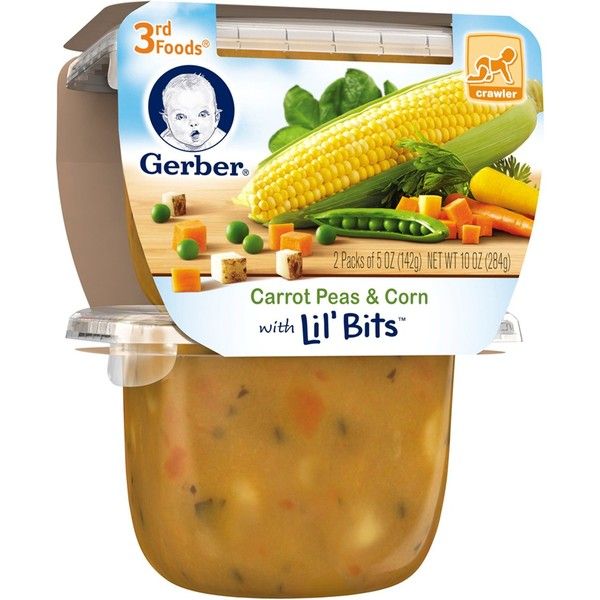 On the other hand, they may have one only every 7–10 days. (Yep, the frequency really can vary that much.)
On the other hand, they may have one only every 7–10 days. (Yep, the frequency really can vary that much.)
The poop is yellow, soft, runny and sometimes lumpy and the smell isn’t unpleasant.
Formula-fed babies
A newborn, formula-fed baby typically poops up to five times a day. At about 6 to 8 weeks, this may decrease to around once a day.
Formula-fed babies have poop that is a camel to brown color with a thicker consistency, more like paste. Most likely, the less-than-aromatic smell means you’ll hermetically seal soiled diapers before you toss them into the garbage.
Signs that your baby is constipated
You’ve noticed that your baby’s tummy isn’t following the schedule that you got used to. Could it be constipation? Here are the signs that could confirm your suspicions:
- You notice that they cry or fuss while they’re trying to have a hard bowel movement.
- The poop, when it does come, is like hard pellets.
- You notice streaks of red blood in the hard poop.

While it’s not easy for a baby on a liquid diet to become constipated, trouble can start when you start introducing your baby to solid foods at around 6 months. Here’s why:
New food types
Think of it as a learning curve: Your baby’s body is learning how to cope with a new kind of food to digest as they move away from their full liquid diet and you need to soften the learning curve. (Pardon the irresistible pun.)
Changes to fluid intake
Decreased fluids will make your baby’s poop harder and more difficult to push out. If they’ve started solids, they may need to up their fluid intake to offset the solid food. And if your baby is teething or feeling unwell, it can also lead to them taking in less fluid than usual.
Lack of fiber
Even though they’re just starting out, babies’ tummies work like ours. While initially the move to solids that have fiber (from breast milk or formula, which don’t) can cause temporary constipation, their tummies will adjust.
Make sure to monitor your baby’s fiber intake and pair it with plenty of hydration for a smooth ride the same way that you monitor yours.
OK, so you’ve confirmed that your baby is constipated. The next step is helping to alleviate the strain on their developing digestive system.
Remember that you can keep offering these foods as your baby develops into a toddler and beyond. In fact, there is little research or evidence to support specific foods (including high fiber ones) in treating or preventing constipation in infants. Most of these recommendations are based on evidence for older adults and children.
Keep in mind that good practice when introducing solids is to introduce foods as single ingredients. That way, if your baby is allergic to certain foods, you’ll be able to more easily trace the source.
If your little one hasn’t tried these foods before, don’t rush the process. Test out one at a time and then introduce combinations once you’re confident they’re well tolerated.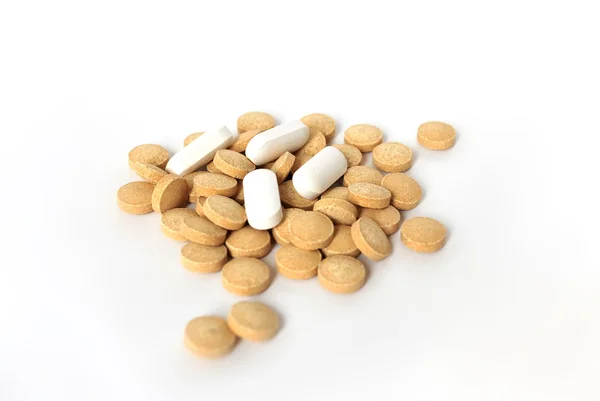
- Back to basics. Give your baby’s digestive tract a break by feeding them mashed avocado or sweet potato purée. These are easy to digest and may give your baby the kick start they need.
- B vegetables. Think broccoli, Brussels sprouts, and beans. Purée these for a meal filled with fiber.
- P fruits. Your grandmother was right — bring on the prunes for quick work. A purée that includes a mix of prunes plus pears, plums, or peaches should work magic. Try subbing the prunes with dates for a change.
- Bring on the fiber. If your baby is over 8 months, you can offer them whole grains like oatmeal, fiber-rich cereals, whole wheat pasta, and brown rice.
- Water intake. Until 6 months an exclusively breastfed or formula-fed baby doesn’t need to drink water. Above this age, you can introduce small amounts of water.
Plums and pears with cinnamon
Cut 2 or 3 pears and plums into small pieces. Place in a saucepan with a small amount of water and simmer until soft. Add in a sprinkle of cinnamon. Blend thoroughly.
Place in a saucepan with a small amount of water and simmer until soft. Add in a sprinkle of cinnamon. Blend thoroughly.
Sweet potato with apple and peach
Cut half a sweet potato, one apple, and half a peach into small pieces. Place in steamer basket and cook until tender. Blend until smooth.
Spinach and apple purée
Chop two apples into small chunks and cook in saucepan with about 1/2 cup of water. When they’re tender, add about 1 cup of spinach and cook another 2 to 3 minutes. Purée until smooth. Can be seasoned with cinnamon and ginger.
Some sources suggest prune, pear, and apple juices help to increase the water content in poop and can ease constipation.
However, the American Academy of Pediatrics recommends steering clear of fruit juice for children younger than 1 year old. You can stick with these fruits as purées for similar effects.
What is it about prune juice? The high levels of sorbitol and phenolic substances in prune juice and dried plums act as a laxative and diuretic properties. So if your child is over 1 year old, you can use small amounts of prune juice to encourage their system to run.
So if your child is over 1 year old, you can use small amounts of prune juice to encourage their system to run.
Some studies show that constipation may affect as much as 30 percent of children. If your child is part of the unlucky statistic, here are some foods that you may want to give them smaller amounts of until it passes:
- bananas
- dairy products such as cheese and yogurt
- low fiber foods like white rice, white bread, and white pasta
If you’re like most parents, you’ll be up for whatever you can try to help your baby get comfortable fast. Here are a few tricks that you can use to ease your baby’s constipation:
- Warm baths. These can relax those abdominal muscles and get them working.
- Exercise. Lay your baby on their back and push their legs alternately as if they’re cycling a bike. Alternatively, hold their knees and feet together and push their feet towards their belly.
- Massage.
 Use your fingertip to draw clockwise circles on your baby’s stomach.
Use your fingertip to draw clockwise circles on your baby’s stomach.
If you see that despite your home remedies, your baby still is having hard stools or hasn’t pooped after 2 or 3 days from their last hard stool, then contact your pediatrician. Especially if you consistently notice blood in their poop or your baby is extremely irritable and appears to be in pain.
While dealing with your baby’s toilet issues may seem a tad unsavory, you’ll soon be so used to it, that you’ll find yourself sharing your insights over coffee with other parents. And don’t be shy about sharing the yummy food combinations you discover to keep things moving.
What to eat with constipation? · "Siberian fiber"
In case of constipation, the patient is recommended foods rich in fiber. This fact has been scientifically proven, moreover, many centuries ago.
Even in ancient Greece, doctors said that food can not only saturate, but also cure many diseases.
What is constipation? This is a bowel condition that is best treated with food rather than pills.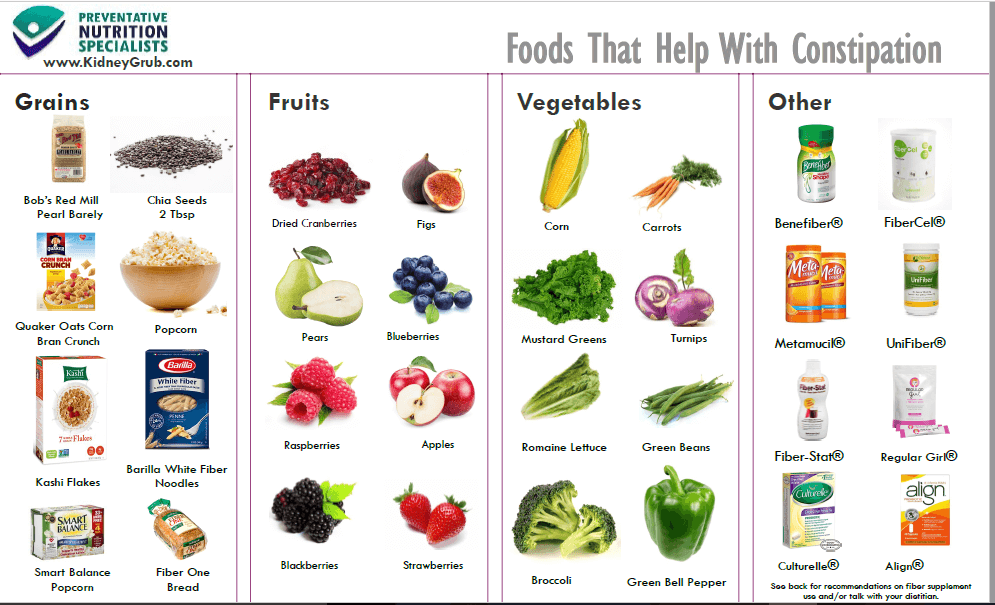 Why? Because constipation is a signal that you are not eating right and that you need to urgently change your diet. Constipation is a symptom, a kind of alarm SMS from the body ...
Why? Because constipation is a signal that you are not eating right and that you need to urgently change your diet. Constipation is a symptom, a kind of alarm SMS from the body ...
How to deal with constipation? It seems to be clear to everyone what it is ... But nevertheless, let's figure it out, what if you have already encountered constipation, but don't even think about it? So, if your bowels are emptied less than 3 times a week, then you have constipation. And you need to get rid of it. Even if you don't feel sick at all.
Why? Because constipation can provoke serious diseases, such as hemorrhoids, inflammation of the rectum, colitis, reflux enteritis, thrombophlebitis and others. As they say, it will not seem enough.
But, fortunately, in the case of constipation, the method of prevention works very well. If you eat well, add more foods with fiber from constipation, then you will most likely never encounter this uncomfortable condition.
What does it mean to follow a diet for constipation? This means eating differently than is customary in the modern world.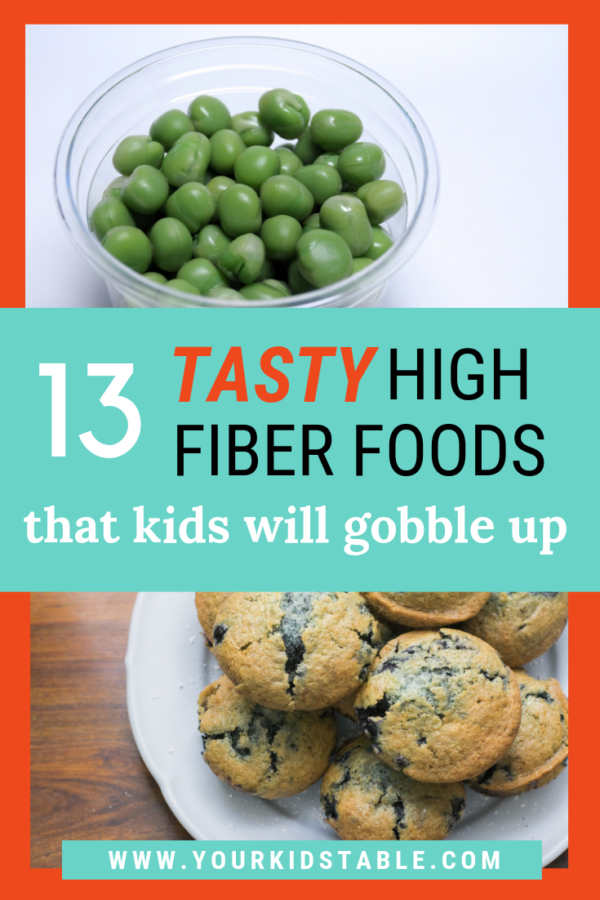 This means ignoring commercials that try to sell you fast and harmful products. In supermarkets, do not run headlong to showcases with harmful sausages or sausages, and ignore fast food cafes on the streets of the city.
This means ignoring commercials that try to sell you fast and harmful products. In supermarkets, do not run headlong to showcases with harmful sausages or sausages, and ignore fast food cafes on the streets of the city.
Constipation is a serious medical and social problem. In developed countries, 30 to 50% of the working population and 5 to 20% of children suffer from constipation to some extent. In the elderly, constipation occurs 5 times more often than in young people (from Wikipedia).
Well, well, but how then to eat with constipation? This is impossible, this is impossible ... Oddly enough, you need to eat what our ancestors preferred. Yes, yes, in our age of high technology, we need to return back to nature, to natural nutrition. This is exactly what modern scientists say.
"Nutritionists believe that the Western diet, rich in saturated fats and poor in fiber and fermentable substances, is inconsistent with our traditional ancient gut microflora and our genome, which have not changed since the dawn of man. " - This is the conclusion made by the professor of the Siberian State Medical University Sergey Nikolaevich Udintsev.
" - This is the conclusion made by the professor of the Siberian State Medical University Sergey Nikolaevich Udintsev.
That is, as it turns out, in order for the body to be healthy and the intestines to work like clockwork, you need to adhere to a diet that repeats the diet of our ancestors. And it had a huge amount of vegetable fiber.
Diet for constipation with fiber
A healthy adult who consumes approximately 2,000-2,500 kcal per day should include 25-45 g of fiber in his diet daily. And this, respectively, is 2 kg of bananas, 3 kg of oranges or 5 kg of melon. Are you able to eat that much? Well, maybe once or twice it will work out ... However, you need to eat all these mountains of fruits and vegetables every day! Such a remedy for constipation will cost us too much ....
It is much easier to solve the problem of constipation by focusing on legumes in your diet. You need to eat 2 cups of beans, peas or lentils every day. It seems like a good option, it’s still not kilograms of vegetables .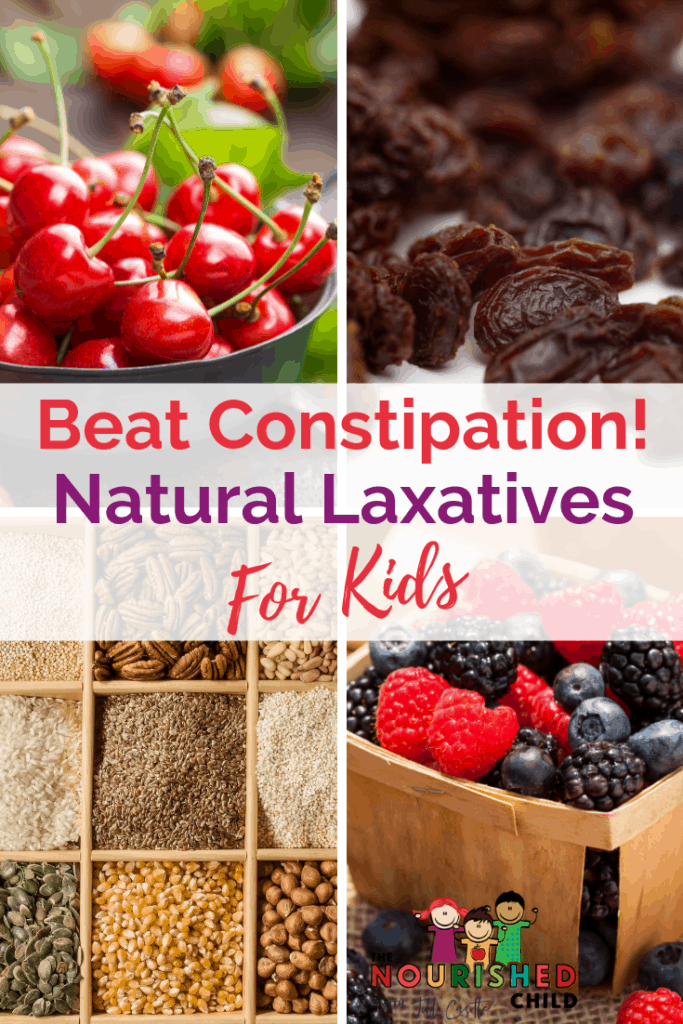 .. But you’ll get tired of these peas, you’ll get bored in a week, don’t go to a fortuneteller! Are there other ways to upgrade your diet?
.. But you’ll get tired of these peas, you’ll get bored in a week, don’t go to a fortuneteller! Are there other ways to upgrade your diet?
Proper nutrition for constipation
The absolute champion in the amount of fiber is cereals, more precisely, grain shells. Well, great ... And what, you order oats to chew ?! No, you don't need to do this at all. Biologists have found a way to process grain shells, which carefully preserves all their useful properties. It turns out dry fiber in the form of powder or granules, and it is packaged in jars and bags. And it is very convenient and easy to use.
Siberian fiber is known throughout Russia, it is well known abroad. This is an interesting, innovative product that has a great future. In general, the factory produces about 150 types of "Siberian Fiber".
With "Siberian Fiber" the problem of proper nutrition with constipation will be solved! It has been scientifically proven that fiber helps with constipation, and now we are not afraid of them.
what to do and what foods to eat to improve the chair?
In the last article on constipation, we talked about what it is and what are the most common causes. In this material, we understand why, with constipation, you should not immediately take laxatives, but it is better to pay attention to your diet.
Often the problem is not a lazy bowel that needs to be "pushed". We decided to talk about useful products that help you go to the toilet in a natural way.
Be sure to see a doctor if constipation lasts for weeks or is accompanied by pain, blood and mucus in the stool, and other unpleasant symptoms.
Contents
- 1. Why do you need different types of fiber
- 2. Soups: more water and fiber
- 3. Fermented probiotic dairy products
- 4. Stone fruits for constipation
- 5. Whole grains and bran
- 6. Legumes in the fight against constipation
- 7. Seeds for regular digestion
- 8.
 How to eat fiber
How to eat fiber - 9. Important note
Why different types of fiber are needed
Fiber helps to make stools regular and feeds good gut bacteria. It comes in soluble and insoluble forms, and both types are equally important for healthy digestion.
Soluble fiber absorbs liquid and forms a gel-like substance that facilitates the passage of stool through the digestive tract. It also creates a feeling of fullness.
Insoluble fiber adds bulk to the stool and stimulates intestinal receptors to speed up stool elimination. Insoluble dietary fiber also retains water and prevents feces from turning into a dry, lumpy mass.
Soups: more water and fiber
Vegetable soups solve two problems at once, because they contain the necessary dietary fiber and liquid. You can start with puree soups - they are easier to digest and contain more nutrients, and they also just taste better.
In order for the broth to be saturated, the soup must be cooked for a long time and over low heat.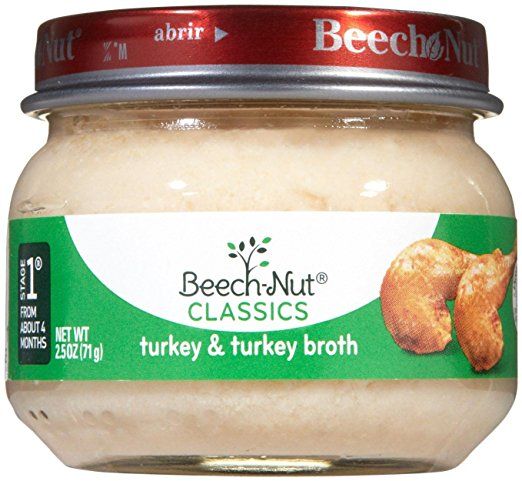 The main thing is to boil the vegetables, but not to digest them, so as not to destroy the fiber they contain.
The main thing is to boil the vegetables, but not to digest them, so as not to destroy the fiber they contain.
Milk and cream soups can cause bloating and only make you feel worse. For a thicker, more textured soup without any GI side effects, opt for recipes with potatoes. The starch it contains does an excellent job of giving the soup that creaminess.
Fermented probiotic products
Fermented foods are rich in beneficial lactic acid bacteria Lactobacillus and Bifidobacterium. In the intestines, such bacteria resist dysbacteriosis and produce short-chain fatty acids that maintain mucosal health and normal peristalsis.
Fermented foods contain little or no lactose, so you don't have to worry about stomach discomfort. If a slight seething after their use nevertheless appeared, the reason is more likely in the probiotic effect than in intolerance.
If the sour taste and smell of kefir puts you off, try other fermented dairy products:
- Greek yogurt;
- sheep's or goat's milk yoghurt;
- matsoni;
- airan;
- tan;
- fermented baked milk;
- acidophilus;
- narine.

Vegan probiotics also exist, such as kombucha, kimchi, sauerkraut and other fermented vegetables, miso paste, cashew or soy based yogurt.
Take the Atlas Microbiota Test to check your gut bacteria composition and find out which prebiotics and probiotics are right for you.
Stone Fruit for Constipation
These fruits are juicy and fibrous and will help you digest your digestion quickly naturally. Some stone fruits also contain sorbitol, which has a mild laxative effect.
These fruits are considered the most effective against constipation:
- apricots;
- plums;
- peaches;
- nectarines.
If the fresh fruit season is over, you can limit yourself to prunes and dried apricots. It is important to always drink dried fruits with water - if you gnaw them dry on the go, this will only worsen the condition.
Whole grains and bran
Unprocessed grain retains the outer shell, endosperm and germ.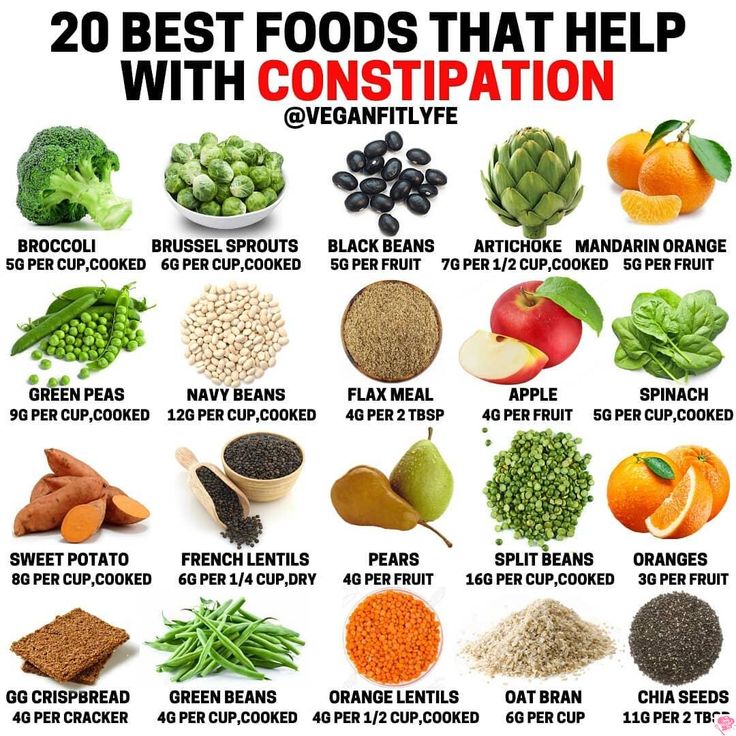 Such grains contain a maximum of nutrients and fiber, so for chronic constipation, whole grains and bran (separated grain shells) should be included in the diet.
Such grains contain a maximum of nutrients and fiber, so for chronic constipation, whole grains and bran (separated grain shells) should be included in the diet.
This could be:
- whole grain toast for breakfast;
- bran porridge;
- blasted whole grain breads as a snack;
- brown rice as a side dish.
If you don't like the taste of brown rice, you can buy a mixture of regular brown rice. As for flax crackers, such a snack is not suitable for everyone - dense raw grains may not be digested at all.
Legumes for constipation
Lentils, chickpeas and beans are high in fiber, which is what causes flatulence in many people. For this fiber to benefit, you need to eat legumes in small portions and focus on your well-being. In any case, gas is rather a positive sign that intestinal bacteria have something to eat.
It is recommended to soak beans in cold water for several hours before cooking. Canned chickpeas and beans are easier to digest because some of the "gas-forming" substances go into a liquid that can be drained.
You can also buy bean sprouts or make your own - they are also less problematic to digest. The spice asafoetida, according to some studies, can reduce bloating after legumes.
Want to learn more about stomach health?
Download the free microbiome book from the Atlas experts!
Seeds for regular digestion
We have described foods rich in insoluble fiber. Now it's time to talk about sources of soluble fiber.
Psyllium husk is sold dry as a natural remedy for constipation. It has a neutral taste and smells almost nothing. When diluted with water, the husk forms mucus, which is necessary for the formation of healthy stools.
Chia seeds are another trending source of soluble fiber. They also need to be diluted with water and added to cereals or smoothies. Chia pudding or chia yogurt is a light breakfast or dessert option that will help keep the moisture in your stool and add the viscosity you need.
More affordable soluble fiber - flax seeds. They are recommended for irritable bowel syndrome, chronic constipation and type 2 diabetes. Seeds need to be soaked in water overnight to get that gel-like texture. If you don’t want to wait, you can buy flaxseed porridge in the form of an instant mix.
They are recommended for irritable bowel syndrome, chronic constipation and type 2 diabetes. Seeds need to be soaked in water overnight to get that gel-like texture. If you don’t want to wait, you can buy flaxseed porridge in the form of an instant mix.
How to eat fiber
Insoluble fiber must be chewed carefully and for a long time, otherwise the coarse particles will irritate the esophagus and intestines. If you spend much more time on a salad than on a main course, this is absolutely normal. The better you chew, the better this food will be absorbed and digested.
It is important to drink plenty of fluids. If fiber has nowhere to absorb water, it won't work as a natural laxative.
If you've never eaten a lot of fruits and vegetables, start small and give your microbiome time to adjust to the new diet.
There are several signs that you may be eating too much fiber. These are:
- bloating of the lower abdomen, distension and flatulence;
- Loose, unformed stools with clearly visible undigested fibers.

Highlights
- A proper diet that includes soups, fermented and whole grains, and various types of fiber can help you improve your bowel movements.
- It is important to remember to drink plenty of water throughout the day. Sugary drinks and coffee do not replace water.
- You can find out which nutrients and dietary fiber your bacteria are lacking with the Atlas Microbiota Test. You will receive personalized and understandable recommendations that will help improve the functioning of the microbiota and improve digestion.
More fiber articles on the Atlas blog:
- Everything you need to know about fiber
- What foods contain fiber
- How to take care of your gut bacteria
- National Health Service, Constipation, Causes of constipation 9052
- National Health Service, Constipation, About constipation, 2020
- Min Chen et al., Modulatory Effects of Gut Microbiota on Constipation: The Commercial Beverage Yakult Shapes Stool Consistency, 2019
- Compound Interest, The Chemistry of Plums & Prunes: Constipation & Chewing Gum, 2015
- Harvard School of Public Health, Food features
- U.



